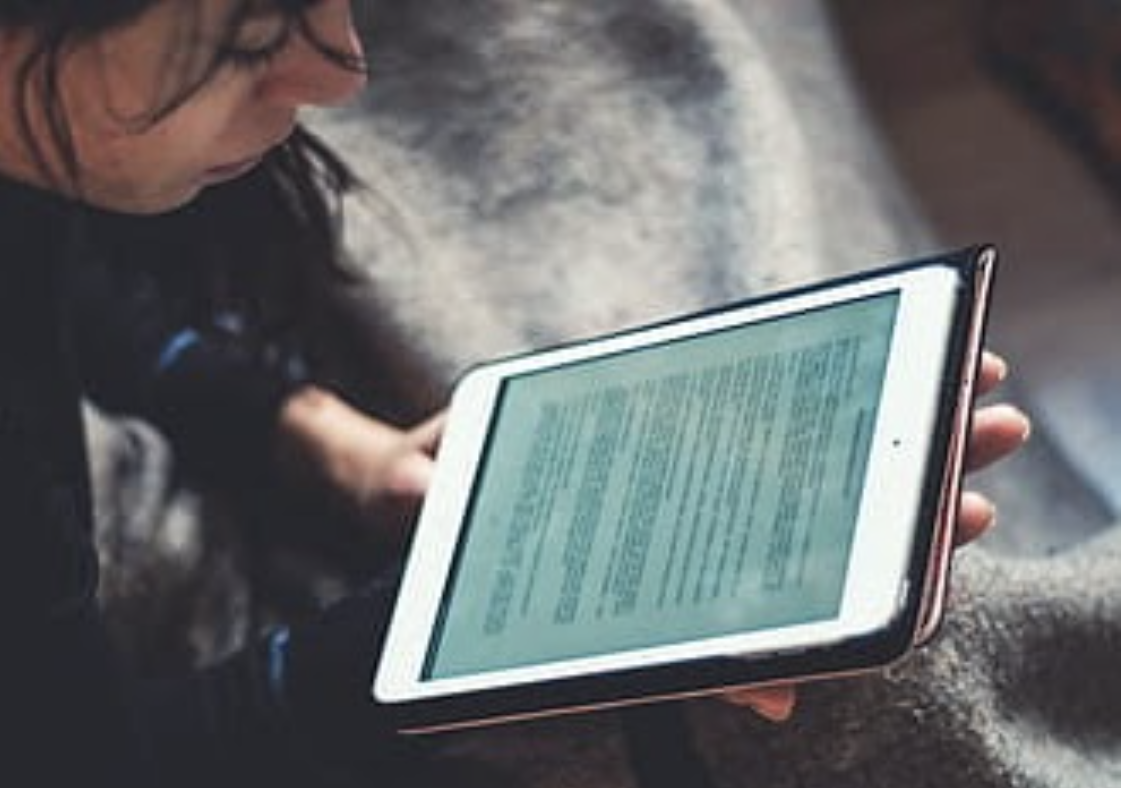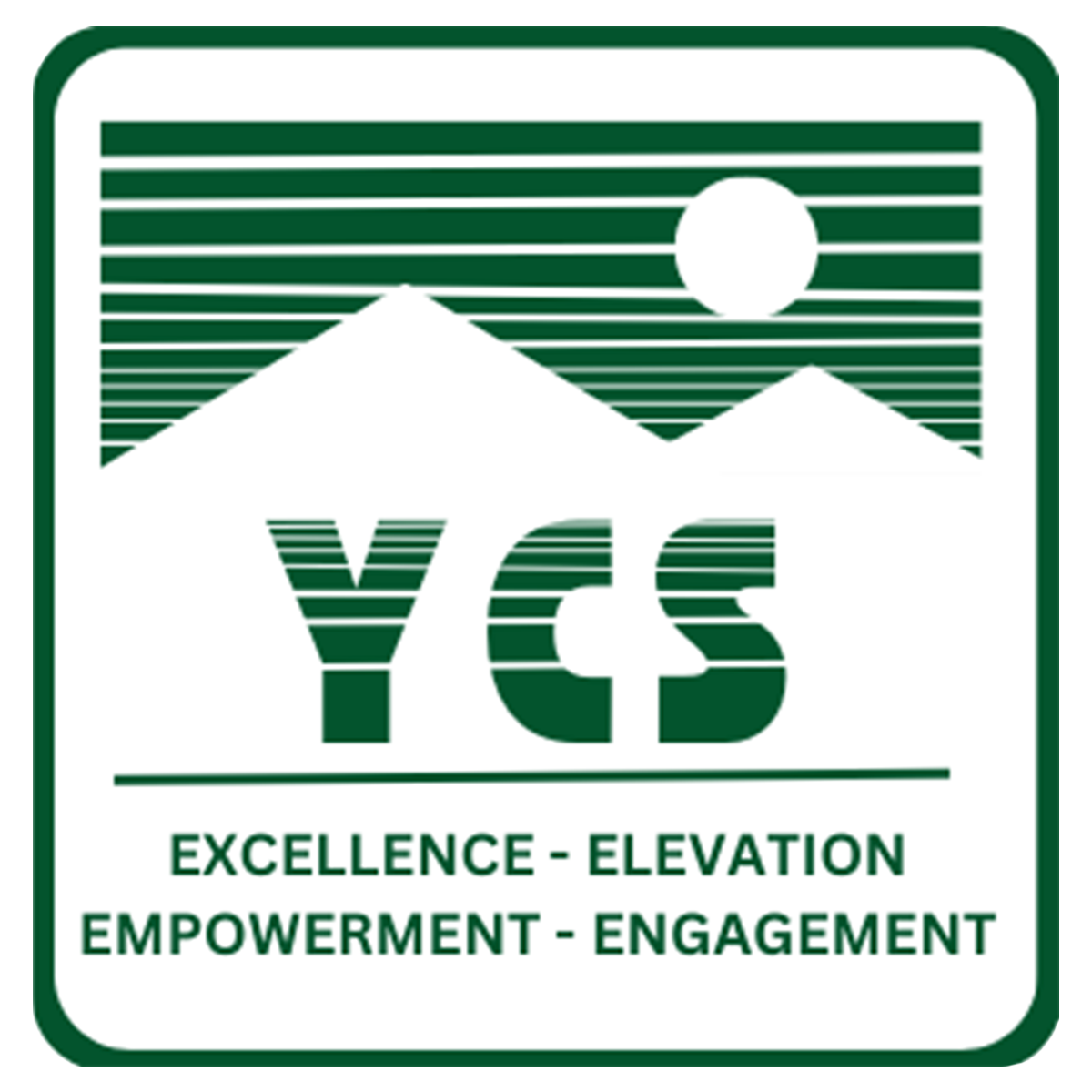YCS Virtual Days Remote Learning
This is a collection of the remote learning resources that we have used over time.
We are a 1:1 school. YCS students are assigned a Chrome device at the start of the year. Middle and High School students take their Chromebooks home every day. Elementary students will bring their Chrome devices home as needed.
Protecting Your KIDS Online - Video Link - Please Watch
Wi-fi Connectivity Access Maps for School Parking Lots
Creating a Cyber Secure Home
YCS Remote Learning Management Systems (LMS)
High School – Moodle: moodle.yanceync.net
Middle School – Google Classroom
Elementary School – Google Classroom
Virtual Classroom – Google Meet
Google Classroom Parent Invitation Tutorial Video by Gail Branton
Digital Reading Resources

Remote Teaching
I have requested free district access to Newsela.
Teachers and students can choose to sign through google.
Recording Apps:
Screen Pal - better for a desktop
Screen Casify - better on a Chromebook
Padlet (Teachers can use to have an online class Discussion on several topics).
Remote Teaching and Learning
Teachers create learning experiences for students to work at their own pace and take time to absorb content.
Less is more
Assignments likely take twice as long to complete at home because of different factors; prioritize and be realistic.
Give explicit instructions
Outline deliberate instructions and specify the length of time to complete the session of learning.
Specify expectations
Specify task requirements and length clearly (e.g. 2 minute audio recording with a bulleted checklist).
Be empathetic
Assign a reasonable workload; encourage students to balance online with offline and connect with one another.
Communicate consistently
ALL instructions and assignments SHOULD be communicated via Moodle or Google Classroom.
Be online for ‘office hours’
Be online during office hours to provide support, answer questions, or clarify confusion via a system.
Seek student feedback
Seek student feedback about their workload, emotional state, learning preferences, and learning pace.
Boost learning retention
Curate multimedia materials to boost learning retention and use digital tools to create interactive lessons.
Identify lesson objectives
Be intentional and identify clear learning objectives and assessment outcomes (formative and summative).
Cleaning Devices
Use disinfectant wipes to clean keyboards and outer Chromebook
Cleaning your Chromebook Screen
Bottom line: NEVER use harsh window/surface cleaners on your Chromebook!
Rubbing alcohol (also known as isopropyl alcohol) is probably the best DIY screen cleaner for Chromebooks you can possibly make.
All you need to do is pick up some 70% rubbing alcohol and a gallon of distilled water. Get both and this will last you a long, long time. Be sure to get a small spray bottle if you don’t already have one. After you get the ingredients, here’s how to make your own cheap screen cleaner at home:
Step 1: Mix the 70% rubbing alcohol with distilled water in a 1:1 ratio. That’s one part alcohol for one part water.
Step 2: Pour into a spray bottle.
You now have a DIY screen cleaner for your Chromebook’s LCD/LED screen that’ll take off bacteria, smudges, fingerprints, and grease without leaving any streaks! Rubbing alcohol is commonly used for cuts because of the antiseptic properties, which means that it’ll kill bacteria on your screen upon contact.
To use it, just spray lightly onto a soft cloth to clean it. Wipe it gently in horizontal motions until the smudge or dirt is gone.
